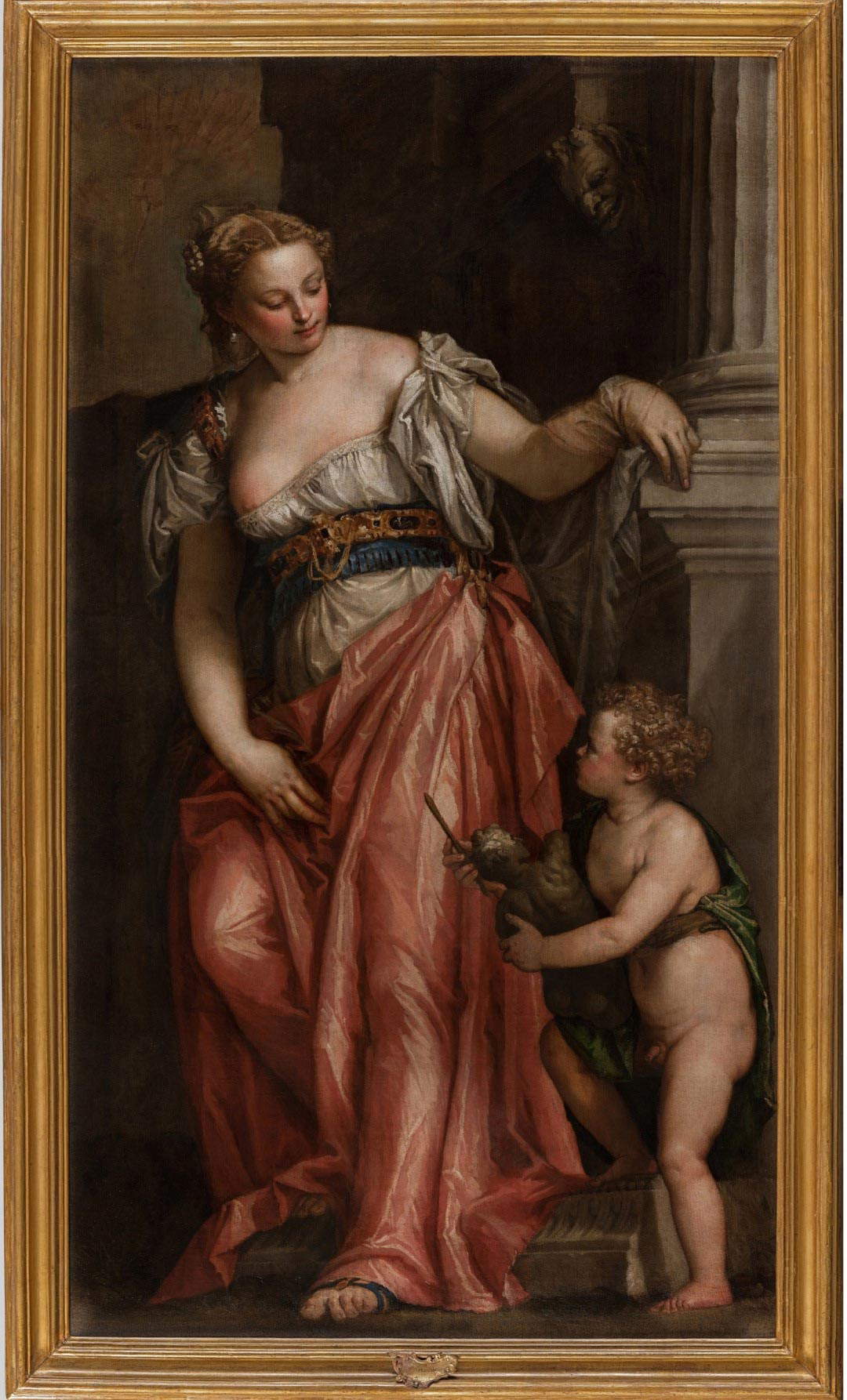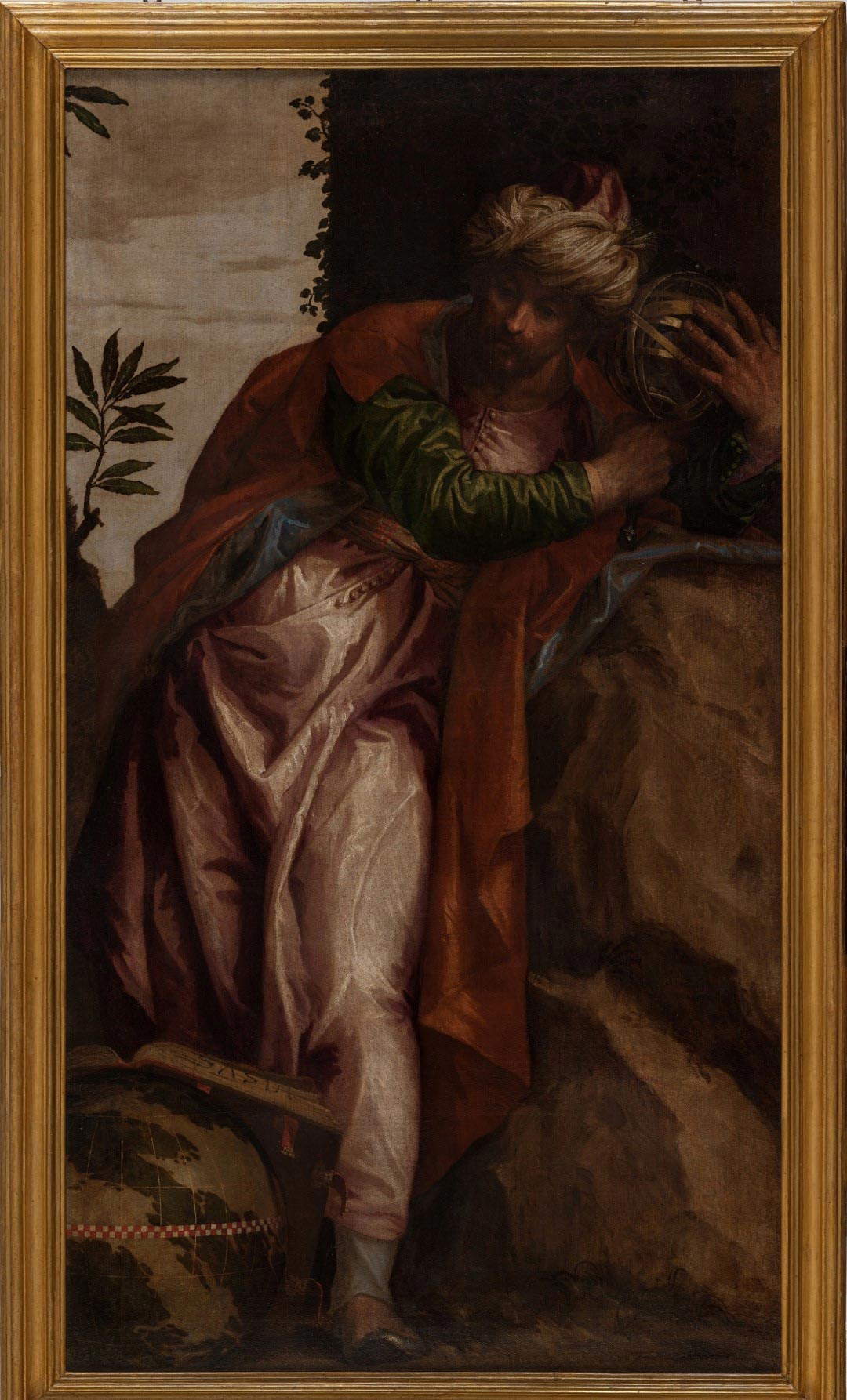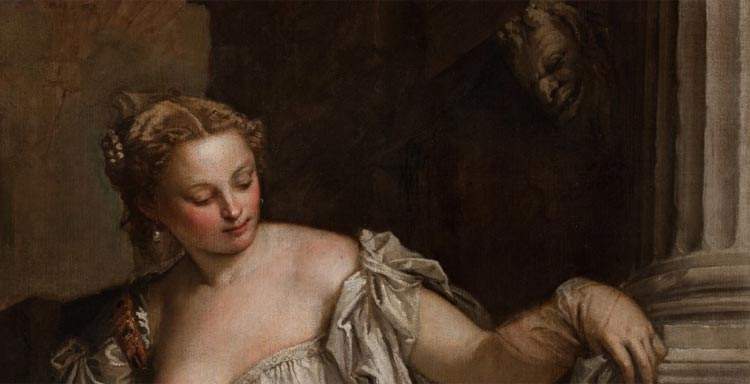Two works by Paolo Veronese (Paolo Caliari; Verona, 1528 - Venice, 1588) on Lake Maggiore. In fact, from July 8, 2023 to February 25, 2024, two works by the artist will be exhibited in Verbania at Palazzo Viani Dugnani as part of the exhibition Veronese on Lake Maggiore. History of a Collection: the exhibition, in particular, will recount their discovery at Villa San Remigio, owned by Marquis Silvio della Valle di Casanova and his wife Sophie Browne.
The San Remigio complex includes a large garden laid out on terraces and a two-story villa. The raised floor of the dwelling is reminiscent of a 16th-century stately home: the interiors, furnishings, and artwork on the walls have a strong neo-Renaissance flavor. In 1977, the villa was given to the Piedmont Region, and later, in 2014, the young art historian Cristina Moro, found in the villa two works of allegorical subject attributed at the time to the School of Veronese, then traced back to the hand of the artist himself as part of a study conducted following scientific work that took place between the universities of Milan and Padua and involved experts such as Vittoria Romani, Giovanni Agosti and Jacopo Stoppa.
This is precisely where the exhibition at the Museo del Paesaggio in Verbania starts. Veronese’s works may have been included in the Della Valle Casanova Browne Collection around the early 1900s: in fact they are often mentioned in articles of the time along with Palma il Giovane’s work depicting the Battle of Lepanto. Later, over time, the two works were forgotten. They are two important allegories that have made it possible to reconstruct a series that has been dispersed over time and known only through copies. In the Los Angeles County Museum of Art (LACMA) there are in fact two other Allegories that are part of the same group, undocumented by the sources and of uncertain provenance, perhaps the vestibule of the Libreria Marciana in Venice. The monumentality of the figures, clearly reminiscent of Michelangelo, the muted tones and the taste for ruins, very different from the Palladian architecture of the mature Veronese, lead one to consider them youthful works by the master. The two Veronese canvases depict the Allegory ofSculpture and theAllegory with the Armillary Sphere (perhaps Astronomy) and can be dated to about 1553.
 The Allegory of
The Allegory of The Allegory of
The Allegory ofAfter rediscovery, the works were sent for restoration to the Venaria Reale Center and then exhibited to the public from July to October 2014 at the Palladio Museum in Vicenza along with the two American “twins.” The two works by Veronese, the centerpiece of the exhibition, are accompanied by a documentary video on their discovery entitled Diario di una scoperta edited by Cristina Moro and directed by Francesco Clerici, and an in-depth catalog edited by Federica Rabai, director of the Museum, and Stefano Martinella: with a popular slant, the volume will tell the public the important history of the Villa San Remigio Collection, their owners and the cultural ferment alive on Lake Maggiore between the 19th and 20th centuries.
Contributions will lead to revealing the context in which the two Veronese came to Lake Maggiore at the time and thus the importance of this great return in 2023. A special event in September will be dedicated to the presentation of the volume.
Ten years after their discovery, in fact, the two canvases with Paolo Veronese’s Allegories return to Verbania, after having traveled between Turin, Vicenza and Los Angeles. The documentary recounts, through time jumps, archival documents and personal memories, the stages of this happy discovery, which occurred during the research of Cristina Moro’s thesis in art history and criticism, dedicated to reconstructing the Della Valle - Casanova collection, assembled between the nineteenth and twentieth centuries in the Villa San Remigio in Pallanza.
The stages of the narrative are interspersed with archival materials and photographs documenting the history of the collectors, Silvio Della Valle di Casanova and Sophie Browne, and the cultural context in which they moved, in a neo-Renaissance-style residence, surrounded by personalities connected to the world of art and music and a garden built in every detail. The Museo del Paesaggio historically has an important connection with Villa San Remigio and the Della Valle Casanova couple: in fact, some of the most significant works in its collections are the result of the family’s donation, one of them being Arnaldo Ferraguti’s colossal painting “Alla Vanga.” The works donated by the family to the museum will constitute, in a tour along the rooms of the piano nobile of Palazzo Viani Dugnani, the red thread that will lead the public, little by little, to discover the two great allegories and their history. The exhibition has received the patronage of the Ministry’s Directorate General for Education Research and Cultural Institutes, the Piedmont Region and the City of Verbania, and the support of Fondazione Cariplo and Fondazione CRT.
 |
| Two important works by Veronese on Lake Maggiore: story of discovery on display |
Warning: the translation into English of the original Italian article was created using automatic tools. We undertake to review all articles, but we do not guarantee the total absence of inaccuracies in the translation due to the program. You can find the original by clicking on the ITA button. If you find any mistake,please contact us.